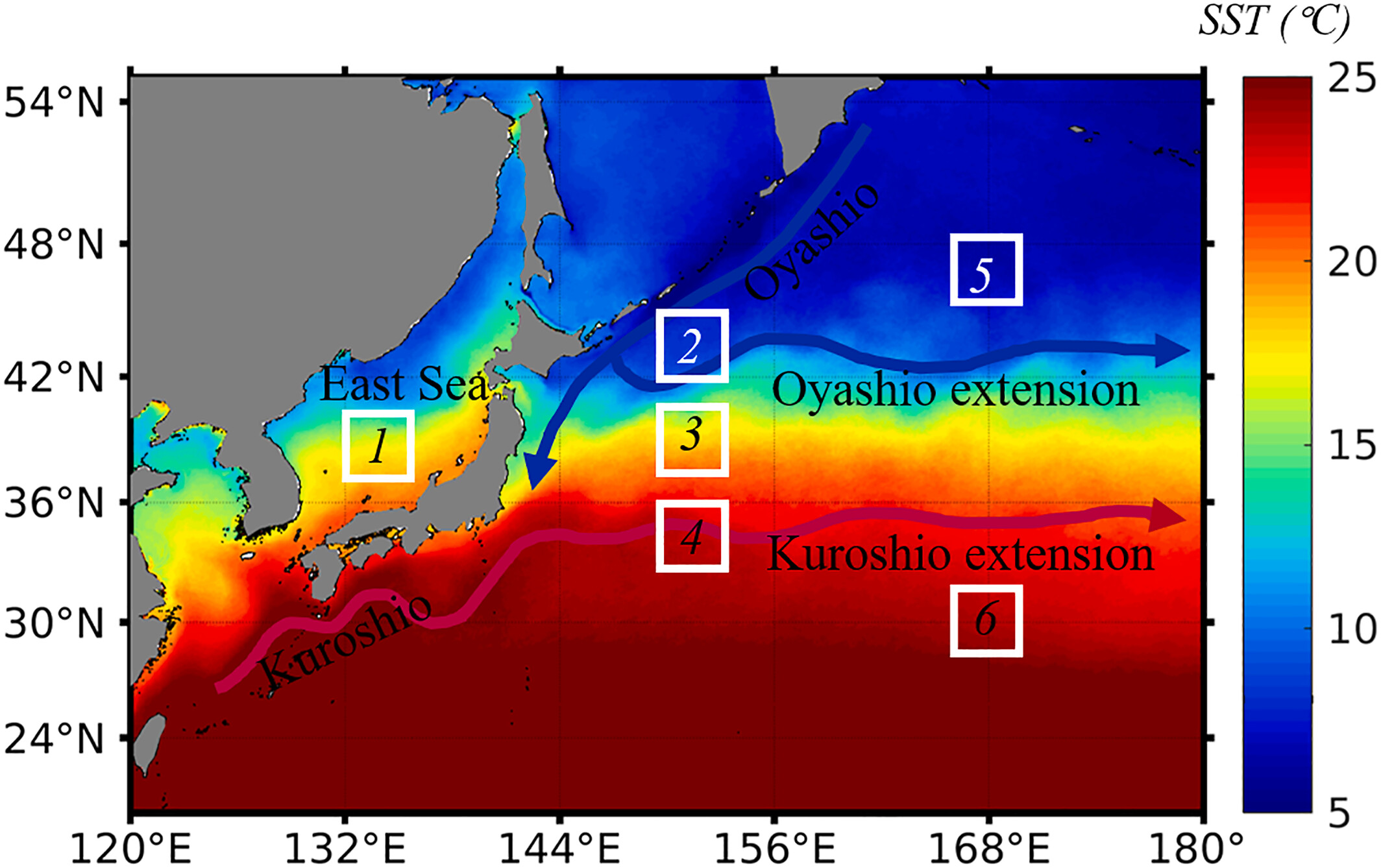Remote Estimates of Sea Surface Nitrate and Its Trends From Ocean Color in the Northwest Pacific
Shuangling Chen, Yu Meng, Shaoling Shang, Mei Zheng, Yuntao Wang, Fei Chai
Published in Journal of Geophysical Research, February 2024
Sea surface nitrate (SSN) plays an important role in assessing new production and phytoplankton growth in the ocean, yet it has been challenging to estimate SSN from satellites due to its complex and varying relationship with different environmental proxies. The different SSN trends in the northwest Pacific reported in previous studies call for more detailed research to examine the interannual variabilities in SSN. We addressed this problem by developing a stacking-random-forest based algorithm for Moderate Resolution Imaging Spectroradiometer (MODIS). It allows estimating SSN from daily sea surface temperature (SST) and Chlorophyll-a concentration (Chl) at a spatial resolution of 4 km. For SSN ranging between 0.0005 and 25.88 μmol/kg (N = 3,452), the model had a root mean square difference of 1.34 μmol/kg (5.3%) and coefficient of determination of 0.92. Further independent validation and sensitivity tests demonstrated the validity of the algorithm in retrieving SSN. Using this novel data record, for the first time, we investigated the SSN interannual variabilities and trends from MODIS. Overall, the SSN showed a weak decreasing trend of −0.01 ± 0.007 μmol kg−1 yr−1 (p < 0.05) in the northwest Pacific in 2002–2020, associated with an increasing trend in SST (0.03 ± 0.01˚C yr−1 at p < 0.05) and insignificant trend (0.001 ± 0.001 mg m−3 yr−1 at p > 0.05) in Chl. The interannual variabilities of SSN were significantly correlated with the environmental proxies (SST, Chl) and the climate indices (Pacific Decadal Oscillation and North Pacific Gyre Oscillation). The SSN trends can be further restricted with more data available.

Fig. Study area of the northwest Pacific, with the typical paths of Kuroshio (red line) and Oyashio (blue line) and their extensions overlaid. The six subregions, including the Japan Sea/East Sea (Box1), Oyashio (Box2), Oyashio-Kuroshio transition (Box3), Kuroshio (Box4), subpolar cold water (Box5), and subtropical warm water (Box6), each about 2° by 2°, are selected to examine the interannual monthly time series of sea surface nitrate.
Chen, S., Meng, Y., Shang, S., Zheng, M., Wang, Y., & Chai, F. (2024). Remote estimates of sea surface nitrate and its trends from ocean color in the northwest Pacific. Journal of Geophysical Research: Oceans, 129, e2023JC019846. https://doi.org/10.1029/2023JC019846